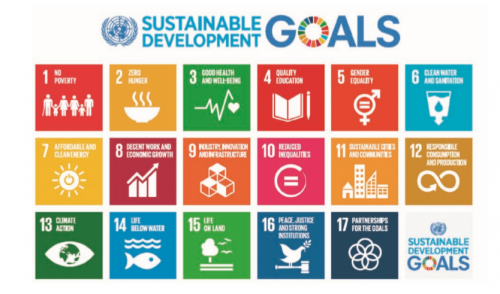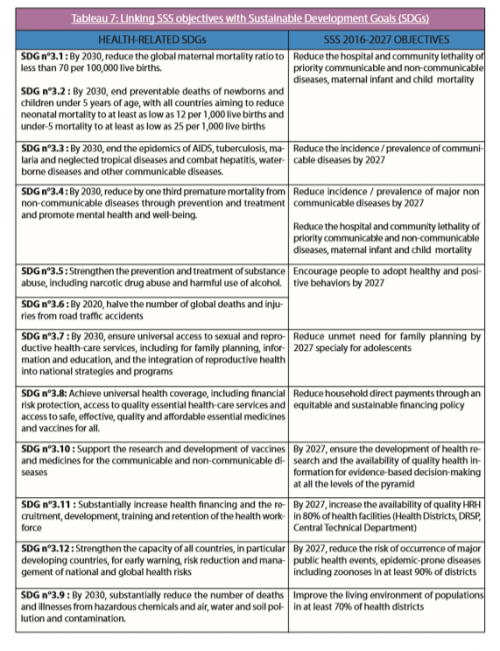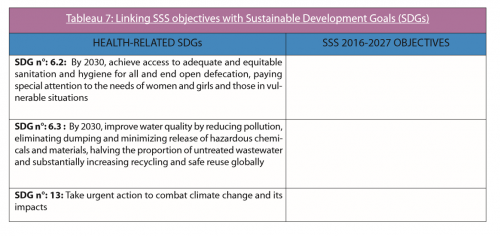Transition to sustainable development goals (SDGs)
From NHO Cameroon
In September 2015, countries around the World adopted a common commitment to sustainable development goals (SDGs) by 2030 to replace Millennium Development Goals (MDGs).
SDGs go beyond the MDGs, one of the weaknesses of which was the overestimation of the institutional capacities of the health system to achieve them. The achievement of the SDGs will call for integrated interventions implemented by the various stakeholders in the health sector However, in order to avoid the challenges encountered with the MDGs, Cameroon should necessarily provide SDGs with an operative substance with clear and critical perspectives, underpinned by the search for technical and financial support.
In 2016, SDGs 2, 3, 6 and 13 in the new SSS 2016-2027 and the 2016 2020 National Health Development Plan (PNDS). In addition, the processes towards the Universal Health Coverage, the implementation of the Cameroon Health Data Collaborative have been launched. The challenge is to ensure coherence between these different mechanisms and stakeholders.
In order to ensure a suitable transition from MDGs to SDGs, the Government should work (i) to get all actors to understand contextual meaning of SDGs (ii) to identify appropriate implementation strategies; and (iv) plan from the outset, methods for assessing progress. More than in the past, the National Health Information System (NHIS) will have to play an important role in the production of reliable health information to enable the continuous assessment of the implementation of the commitments undertaken by Cameroon.



